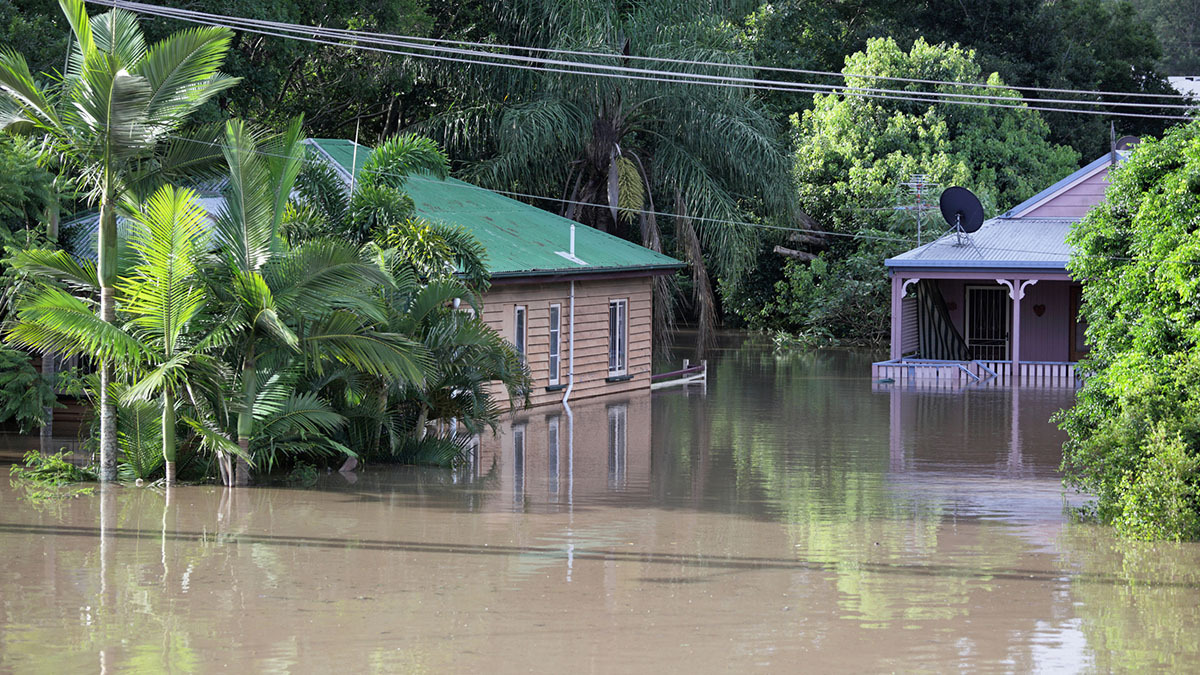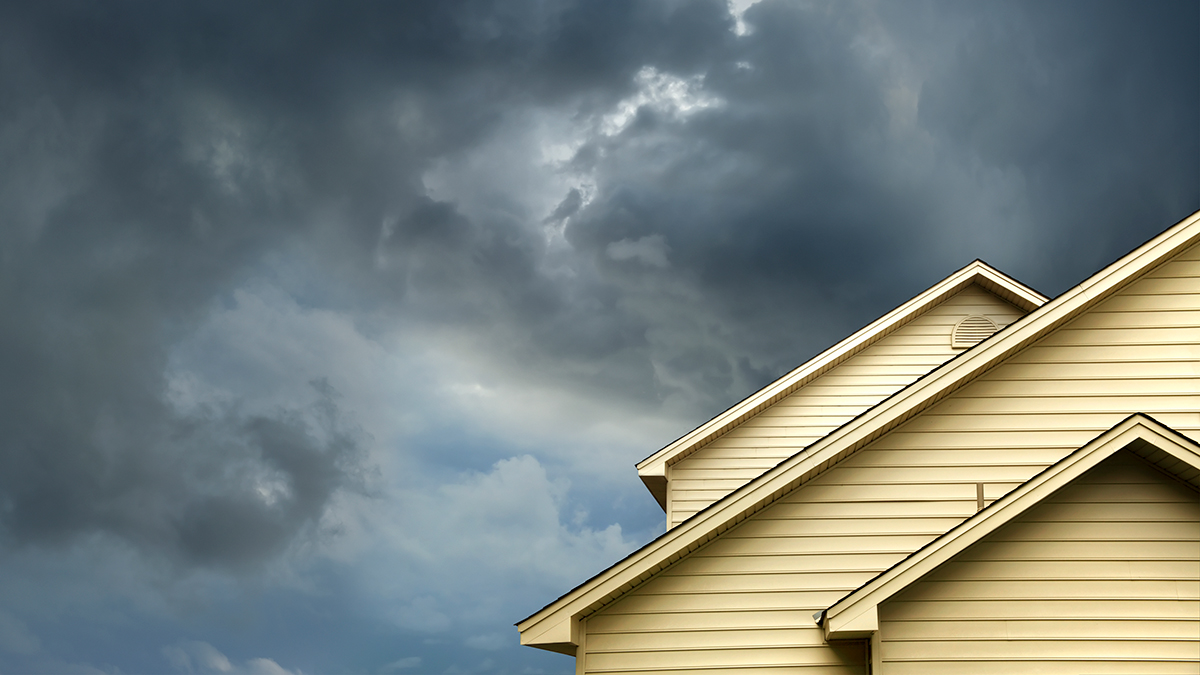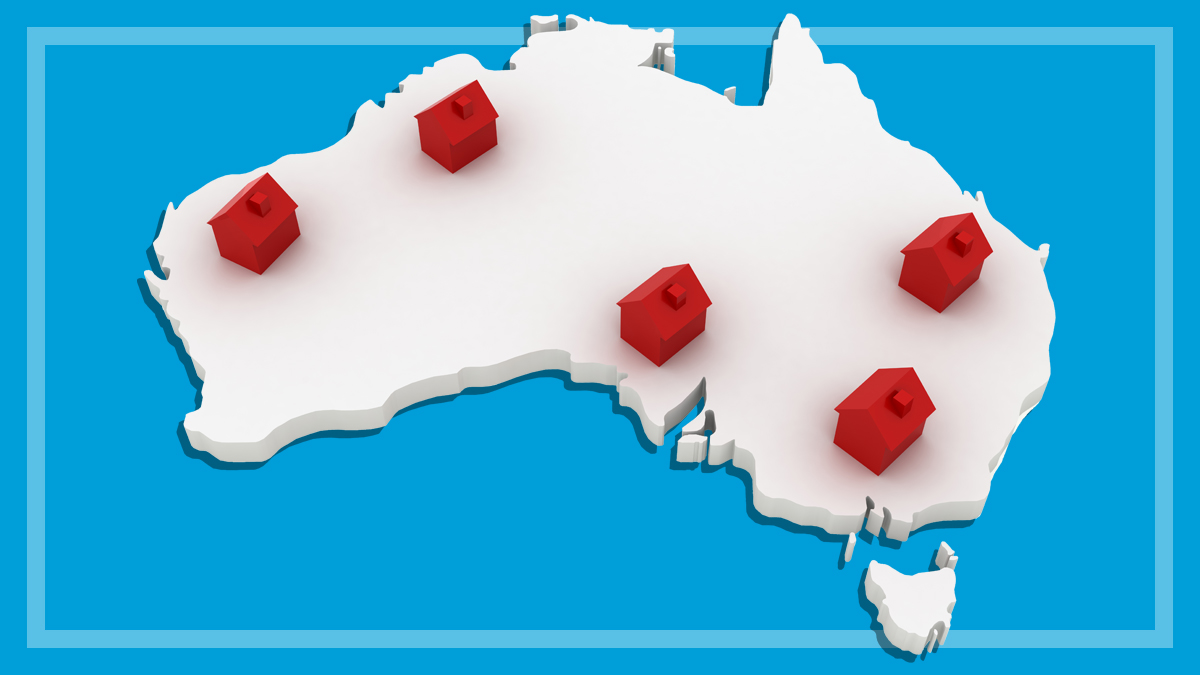Get our independent lab tests, expert reviews and honest advice.
How to prepare for a flood or cyclone insurance claim

With many people in Australia affected by or at risk from cyclones and floods, we’ve put together some simple steps to help you prepare for insurance claims.
On this page:
- 1. Make sure your insurance documents are on hand
- 2. Check your cover
- 3. Take photos of everything
- 4. Contact your insurer
- 5. Prepare for next time
“Natural disasters can be one of the most complex issues to navigate when it comes to insurance,” says CHOICE insurance expert Jodi Bird.
“We know cyclone season is a stressful time for many Australians impacted or at risk of cyclone and floods, but there are some simple things you can do to make things easier should you need to make a claim.”
1. Make sure your insurance documents are on hand
If you have hard copies of your insurance documents, make sure they’re packed in your bag ready to take with you if you need to evacuate your home. Having paper copies on hand, as well as easy access to digital versions, will make them easier to refer to if you need to speak to your insurer.
2. Check your cover
If you’re not sure exactly what you’re covered for, now is the time to find out. Get to know the details of your policy inside and out, including what you may not be covered for. All of this information will be in your product disclosure statement (PDS) given to you when you bought the cover.
Keep in mind that many insurance policies come with waiting periods for flood, usually 48–72 hours
If you think you want to take out flood cover for the immediate future, keep in mind that many insurance policies come with waiting periods for flood, usually 48–72 hours. You’ll have to serve this waiting period if you weren’t previously insured, are upgrading your cover, or are increasing your sum insured amount.
3. Take photos of everything
When it comes to insurance claims, your smartphone is your friend. Take photos all across your home now – major features of the property, valuable possessions and anything that can help you demonstrate the before and after.
Also take photos or make hard copies of any receipts for larger items in case you need to prove their value.
Store these photos in the ‘cloud’, which means you’ll be able to access them anytime from any internet-connected device, no matter where you are. If you need to make a claim and it’s safe to do so, take extensive photos of the damage.
How to make a home and contents insurance claim
1. Get to safety.
2. Contact the insurance company for emergency repairs.
3. Take photos of the damage.
4. Gather your documents.
5. Make a claim – the insurer has 10 business days to get back to you.
6. Your insurer will accept or deny the claim or ask for more information.
7. The insurance company may appoint an assessor.
8. The insurance company will update you every 20 business days.
4. Contact your insurer
Don’t worry about making a claim until you and your property are safe and secure.
Once you’re ready, bear in mind that many insurers may be experiencing high call volumes, so be patient. You may want to contact your insurer via phone or online, depending on the circumstances and claims process.
Whichever way you proceed, it’s important that you keep a record of all interactions you have with your insurer. If necessary, they’ll send someone to do initial make-safe repairs to prevent further damage. Our guide to making a claim on home and contents insurance can help make the process less stressful.
How to make a complaint
If you believe your claim has been unfairly refused, contact the insurer’s internal dispute resolution team. If you don’t get a satisfactory result, contact the Australian Financial Complaints Authority (AFCA).
Other places to get help include:- Insurance Law Service, phone 1300 663 464
- Mob Strong, Debt Help for Aboriginal and Torres Strait Islander peoples, phone 1800 808 488.
5. Prepare for next time
The devastating east coast floods in February and March 2022 resulted in about 233,000 insurance claims. Many victims braved the winter in temporary accommodation, and rebuilding may take years.
According to Jodi Bird: “While most insurers cover flood as per the standard definition of ‘flood’ that CHOICE advocated for way back in 2011, they may still exclude ‘storm surge’, where the sea rises above its normal tidal level during a storm or cyclone, and ‘actions of the sea’, which is generally tidal and wave damage.
Check that you’re insured for enough to cover the cost of your home and all your belongings – and update your cover if you need to
“This is the kind of detail you need to check for in your product disclosure statement, and it’s also listed in the CHOICE home insurance comparison, so you can see at a glance which insurers cover it and which don’t.”
You should also check that you’re insured for enough to cover the cost of your home and all your belongings – and update your cover if you need to or shop around for a better deal.
Rising building costs
Most insurers automatically increase your sum insured amount every year to account for inflation, but it pays to do your own assessment of potential rebuilding costs.
Inflation has increased building costs, and the costs to rebuild often increase after a natural disaster anyway, as demand for builders and materials surges when a large number of buildings have been damaged. Older houses that have been damaged may also need to be upgraded to meet new building standards.
Take your insurer’s calculator with a grain of salt and consider getting an estimate from a builder or quantity surveyor.






